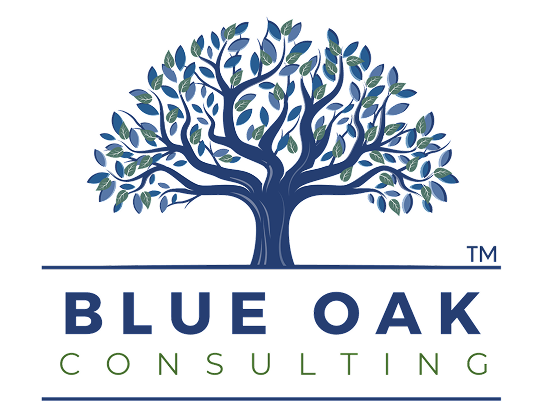How the RACI model can help your manufacturing team cut confusion and actually get things done.
Here’s a situation you’ve probably lived through:
A task doesn’t get done. Everyone thought someone else was doing it. A deadline passes. A customer’s mad. A team member’s frustrated. And now you’re the one cleaning it up.
Welcome to unclear accountability.
In manufacturing, where timing, quality, and communication matter every single day, unclear roles aren’t just annoying—they’re expensive. That’s where the RACI model comes in.
What Is RACI? (And Why Should You Care?)
RACI is a simple framework that helps you define who’s doing what—and who’s not.
It stands for:
✔ Responsible – The person who actually does the work
✔ Accountable – The person who owns the outcome
✔ Consulted – The folks you get input from before acting
✔ Informed – The people who just need to know what’s going on
Why does it work?
Because it ends the “too many cooks, not enough clarity” problem that slows everything down.
Let’s be Honest: Why Small Teams Still Struggle with Accountability
You might think this is just a big-company issue, but small manufacturers are often worse at it. Why?
- Everyone wears multiple hats
- Decisions move fast
- No one wants to step on toes
- “We’ve always done it this way” culture
The result? Confusion, dropped balls, finger-pointing, and stalled improvement projects.
How to Use RACI Without Making It a Buzzword
Here’s how to actually apply it without making your team roll their eyes:
Step 1: Pick a recurring process that gets messy
Examples:
- New customer onboarding
- Inventory audits
- Equipment maintenance
- Month-end close
- Scheduling large runs
Step 2: List the tasks step-by-step
Get specific. Don’t just write “do onboarding.” Break it down: send welcome email, assign part number, confirm spec sheet, etc.
Step 3: Assign R, A, C, I for each task
✔ R = Who’s doing it
✔ A = Who’s ultimately accountable (just one person—no “team accountability” here)
✔ C = Who gives input
✔ I = Who just needs to be updated
Step 4: Share the matrix and talk through it
Don’t just email it. Walk the team through it, get agreement, and make it part of the workflow.
Quick Wins You’ll See (Almost Immediately)
✔ Fewer “I thought you had it” moments
✔ Faster decisions, less back-and-forth
✔ Empowered employees who know their lane
✔ Less blame when things go sideways—because roles were clear
✔ Projects that finish on time, not get stuck mid-stream
Common Pitfalls (And How to Avoid Them)
- Giving two people “Accountable” status for the same task
→ Fix: Only one person can own the outcome
- Assigning everyone as “Consulted” to play it safe
→ Fix: Keep your circle tight—only consult people who really add value
- Forgetting to revisit the RACI when things change
→ Fix: Revisit it quarterly or when you update processes
Clarity Isn’t a Luxury. It’s a Leadership Move.
RACI won’t solve every operational problem. But it will give your team the structure they need to move with confidence—and give you, the business owner, one less fire to put out. A study of manufacturing teams applying RACI—where roles for KPIs and process steps were explicitly mapped—found that clarity improved cross-department accountability and performance monitoring. Similarly, project rescue cases often trace delays and confusion back to missing role clarity. Expert reports demonstrate that clear RACI assignment is key to faster decisions, fewer missed tasks, and stronger ownership.
So the next time a project stalls or someone drops the ball, ask:
Do we have a people problem… or just a clarity problem?
Learn more at blueoakconsulting.net





